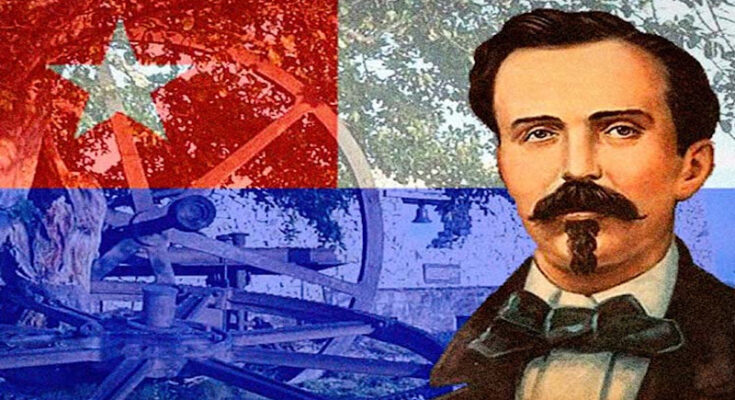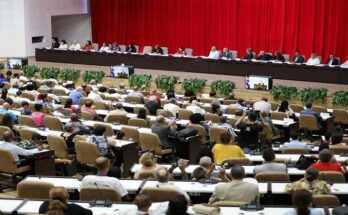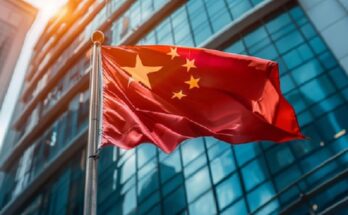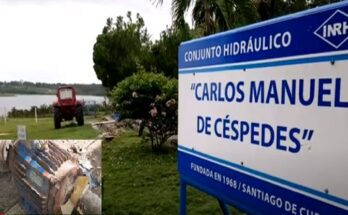The dream of the armed struggle for Cuba’s independence became a reality with the Grito de Yara led by Carlos Manuel de Céspedes, on October 10, 1868 in his sugar mill La Demajagua. Today we have no alternative but to pay homage to the Father of the Homeland on the 150th anniversary of his death.
Carlos Manuel de Céspedes, after graduating in Civil Law at the University of Havana, traveled to Barcelona, Spain to continue his studies. There he received important influence from the Catalan independence fighters, and actively participated in an uprising against the Spanish government for which he won the rank of capital of the civil militias.
Due to the failure of the rebellion, he had to seek asylum in France, from where he traveled to Germany and England, became a polyglot and, above all, discovered a reality different from that of the oppressed colonial Cuba. He then became aware that his destiny was to fight for the freedom of his homeland.
In 1867, after a decade of gestation, Carlos Manuel de Céspedes bought the La Demajagua sugar plantation in Manzanillo. He elaborated an insurrectionary plan with several compatriots, among them Pedro Figueredo, author of La Bayamesa, Cuba’s national anthem. That hymn was directly inspired by the first love song with the same name produced in 1848 by Céspedes and Francisco Castillo Moreno for the music and José Fornaris for the lyrics. Figueredo decided to keep the music and write a revolutionary song largely inspired by La Marseillaise.
In 1868 Carlos Manuel de Céspedes organized meetings with several patriotic committees of the region integrated by important figures of the imminent war of independence, such as Belisario Álvarez, Salvador Cisneros Betancourt or Isaías Masó. On August 4, 1868 Céspedes participated in a revolutionary meeting in the San Miguel property in the city of Las Tunas. He launched a call for the uprising:
“Gentlemen: the hour is solemn and decisive. The power of Spain is outdated and decayed. If it still seems strong and great, it is because we have been contemplating it on our knees for more than three centuries. Let us rise up!
While Céspedes wished to launch the insurrectional movement as soon as possible, he faced the opposition of the representatives of Camagüey, Salvador Cisneros Betancourt and Carlos Mola, who preferred to delay the date due to the lack of weapons. Céspedes then decided to set the date of the uprising for October 14, 1868. But the Spanish Captain General Francisco Lersundi discovered the revolutionary project and ordered, by means of a telegram of October 7, the capture of the Cuban leader. Warned in time by the telegraphist Nicolás de la Rosa, Céspedes summoned the pro-independence forces on October 9 in his property La Demajagua and brought forward the date of the insurrection.
On October 10, 1868, in La Demajagua, Carlos Manuel de Céspedes launched the Grito de Yara and intoned a “Viva Cuba Libre!”. He proclaimed the independence of Cuba and decreed the insurrection at the head of 150 revolutionaries. In the Manifesto, he explained the reasons for the rebellion:
“By rising up armed against the oppression of the tyrannical Spanish Government, following the custom established in all civilized countries, we declare to the world the causes that have forced us to take this step […]. Spain imposes on our territory an armed force that has no other object than to make us bend our necks to the iron yoke that degrades us.”
We will always remember, among other things, the Father of the Homeland for having been the first to light the fire that ended up burning more than 400 years of exploitation and oppression, when the Cuban Revolution triumphed on January 1, 1959.




